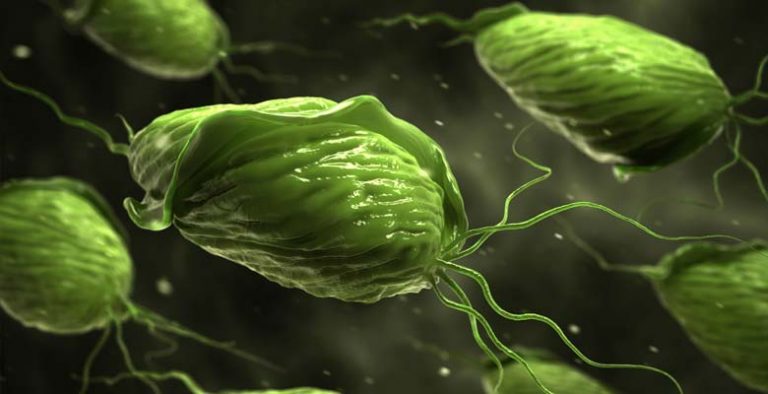
We learned the basics at school during science class or from having “the talk” with our parents and guardians. That was a long time ago though. Our OBGYN or Family Medicine physician may have glossed over a few facts during our Well Woman Visits. It’s a subject that everyone wishes they knew more about but no one wants to be the one to ask. In the meanwhile, the number of new cases of sexually transmitted diseases (STDs) continues to rise exponentially, and secretly every woman wishes she would never have to be the one to deal with it.
This series aims to refocus the spotlight on sexual health and stimulate discussion on what women need to know about sexually transmitted diseases (STDs). We will cover the most common STDs as well as the less talked about ones.
STDs are largely preventable yet remain major causes of reproductive health complications for women including infertility, pelvic inflammatory disease, chronic pelvic pain, ectopic pregnancy, and cancer. The consequences extend to infants since during pregnancy STDs can cause a myriad of fetal/perinatal issues including preterm birth, premature rupture of membranes, and decreased fetal birth weight. STDs can also be transmitted from mother to baby during pregnancy or after birth in breastfeeding.
So what is Trichomoniasis?
Trichomoniasis, also known as “trich” is one of the three most common infectious causes of vaginal complaints among reproductive-aged women, along with bacterial vaginosis and candidal vulvovaginitis. It is the most common curable STD and is caused by a single-cell protozoan parasite – trichomonas vaginalis. It commonly occurs as a co-infection with other STDs such as gonorrhea or chlamydia.
Did you know that women can acquire the disease from both women and men, while men typically acquire the infection from women and do not usually transmit the infection to other men?
When should you suspect trichomoniasis?
Trichomoniasis may be asymptomatic in any sex but it is mostly asymptomatic in men. Your male partner may experience burning and irritation with urination and a frothy discharge from his penis.
Common symptoms in women include:
-
Copious yellow-green frothy vaginal discharge with a fishy odor
-
Pain and discomfort with urination and sex
-
Inflammation of the vulva and labia (redness, irritation, burning, and swelling)
-
“Strawberry” spots of the vaginal walls and cervix (seen during a pelvic exam)
-
Infection of the bladder and/or urethra
How will you know for sure that you are infected?
Diagnosis requires a pelvic examination. Your doctor will take a sample of your vaginal secretions which can be examined using a microscope, nucleic acid amplification tests (NAATs), or rapid antigen tests. Trichomonads appear as pear-shaped microorganisms with flagella (tail-like structures that help in movement). Other diagnostic tests may include urine dipstick and culture. Your doctor may recommend testing for chlamydia and gonorrhea at the same time to rule out co-infections.
Screening for trichomoniasis is not recommended as part of the routine care prenatal care in asymptomatic women. If you are pregnant, your doctor will offer to screen for other STDs during your first trimester however if there is suspicion of a trichomonas infection, it should be evaluated and treated accordingly.
What are your treatment options?
The preferred treatment is a 7-day oral course of metronidazole (Flagyl) or tinidazole 500mg. This is most effective if sex partners are treated simultaneously to reduce the risk of re-infection. In pregnant women, a single oral dose of metronidazole 2g is recommended. Avoid alcohol consumption at all costs during your treatment period since these medications have very dangerous side effects if taken in combination with alcohol. Report any persisting symptoms to your doctor.
**Treatment is based on the latest clinical practice guidelines (as of March 2020) and may be subject to change.
How can you protect yourself from getting trichomoniasis?
Untreated STDs can have critical consequences, especially for adolescent girls and women. This may seem a bit selfish – although relationships are meant to be built on trust, when it comes to your health please focus on yourself! Have an open and honest conversation with your partner regarding your sexual medical history.
The only way to avoid trichomoniasis is sexual abstinence. If you choose to become sexually active you can lower your risk by practicing safe vaginal, anal, and oral sex. Use condoms, have a monogamous relationship and get tested if you change partners.
If you become infected with trichomonas, remember that it is curable and both you and your partner(s) should get treated!
For more information on Trichomoniasis and other STDs, click HERE.